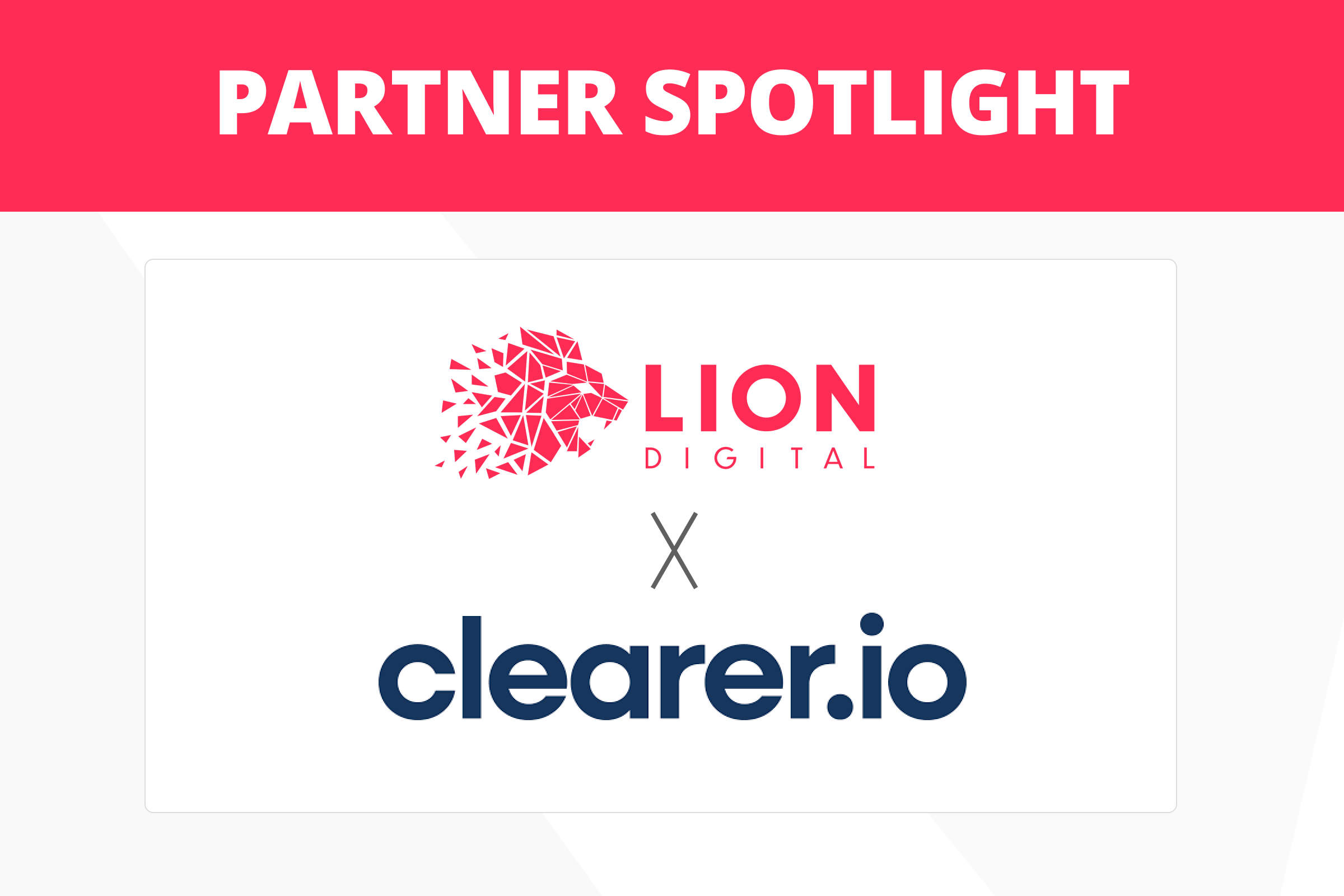
Let’s face it, SEO is full of cryptic, unusual words and terms that might confuse anyone entering the field. But just like in any other fast-developing profession, in SEO it is important to communicate in the language of SEO Analysts. You don’t need to memorise the exhaustive list of all the field related words in one sitting though, for the beginning, it’s enough to know the very basics. Here’s our guide of the most common SEO words and terms to help you get started!
Advanced search operators – additional features and commands that can be typed into the search bar to make the query more specific.
Anchor text – a piece of text that links to another page.
Backlinks (or “inbound links”) – links from one website page that point to another website page.
Black Hat SEO – SEO practices that violate Google’s guidelines.
Bots (also known as “crawlers” or “spiders”) – the program that crawls the Internet, finds the content and assesses its quality to place it on the search results.
Cache – a saved static version of a web page that helps to not access the website’s database for every query and thus avoids time-consuming operations.
Channel – different types of media and means to attract attention and traffic, such as organic search, email marketing, social media.
Cloaking – displaying content to search engine bots differently than to real users of the website.
Crawling – the process of finding pages on your website through search engine bots and processing them. It’s the first step in the process of your pages showing on the search engine results page.
Crawl budget – the number of pages a search engine bot will crawl on a website in a certain period of time.
CSS (Cascading Style Sheets) – a programming language for structuring the website mainly in terms of fonts, colours and layouts.
CTR (clickthrough rate) – the ratio of clicks on your ad to impressions the ad got.
De-indexing – a page or group of pages being removed from the process of indexing.
DA (Domain Authority) – a ranking score that measures how relevant the domain is for a specific industry or subject area, typically seen in the Moz tool.
Duplicate Content – big pieces of content that are shared across different domains or different pages of a single domain. Having duplicate content is bad for the ranking of a website.
Engagement – a measure of searchers’ extent of interaction with a website from search results.
Featured snippets (often referred to as “Zero Position”) – informative answer boxes that appear at the very top of search results for some queries.
Google My Business listing – a way for the business’ potential customers to get all company contact info through a listing that appears at the top of Google results when a customer searches for business name or services catered by certain businesses.
Google Search Console – a program developed by Google that allows site owners to track how their website is doing in SERPs.
Hreflang – an HTML attribute that helps Google understand what the language of a website is so that a user finds the version of the website in his language.
HTML (HyperText Markup Language) – the set of codes used to communicate how to display texts and images on a website.
Image Carousels – scrollable images that appear at the top of some SERPs.
Indexing – organising and storing content found during crawling.
Index Coverage report – a report that shows the indexation status of all the URLs on a website.
JavaScript – a programming language used for integrating complicated non-static elements to web pages.
KD (Keyword Difficulty) – an estimation (typically out of 100) of how hard it would be to rank high for a certain keyword.
Keyword stuffing – a black hat SEO practice that involves the overuse of important keywords in content and links to try and rank for these words.
Lazy Loading – a way of optimising a page load in such a way that the loading of certain parts of the page or objects are delayed until they’re actually needed.
Local pack – a listing of three local businesses that appear for local-intent searches, like the ones that typically include “near me” in the search query.
Long-tail keywords – keywords that contain more than three words and are longer and more specific than short keywords. For example, “cotton summer dresses UK buy online” as compared to short-tail “cotton summer dresses”.
Organic – placement in search results obtained without paid advertising.
Private Blog Network – This is an artificial way of creating content and websites to generate fake backlinks to trick Google. This is, unfortunately, a common practice by most agencies and link providers and can jeopardise revenue and rankings in the longterm
People Also Ask boxes – an element in some SERPs that shows questions related to the search query.
Pruning – is a process of taking down low-quality pages to improve the website’s overall quality.
Scroll depth – a way of measuring how far visitors scroll down the website page.
Search Volume – an estimation of how many times a keyword was searched during the last month.
Sitemap – a list of page URLs that exist on your website.
Personalisation – a search engine feature that customises the results a user gets for his query based on the location of the user and his previous search history.
Redirection – a way of sending search engines and users to a URL that is different from the one primarily requested.
Rendering – an automatic process of turning code into a viewable, usable website page.
SERP features – search results that appear in a non-standard format. For example Zero Position, Image Carousel, People Also Ask, Adwords etc.
SERPs – short for “search engine results page” – the page with relevant info and links that appears as a response to the user’s query.
SSL certificate (SSL – Secure Sockets Layer) – a certificate that enables encrypted connection between a web browser and a web server. It makes online transactions more secure for customers.
User Intent – the kind of results on SERP users want or expect to see when typing their queries.
Webmaster guidelines – information provided by search engines like Google and Bing on how site owners can optimise their websites and create content that is found and indexed appropriately so that the content does well in search results.
White hat SEO – SEO practices that comply with Google’s guidelines.








